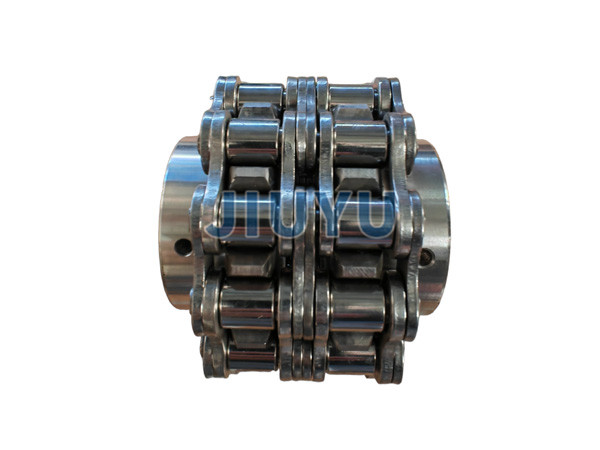
Industrial gears are important mechanical components used in the industrial industry to transmit power and motion. The following is a detailed introduction to them:
Classification
Classified by tooth profile: can be divided into spur gears, helical gears, herringbone gears, etc. Straight toothed gears are easy to manufacture and are commonly used for low-speed, light load transmissions; The helical gear transmission is smooth and has a high load-bearing capacity, making it suitable for high-speed and heavy-duty applications; The herringbone gear combines the advantages of straight and helical teeth and can withstand large loads, but its manufacturing and installation are relatively complex
Classified by gear shape: there are cylindrical gears, bevel gears, worm gears, etc. Cylindrical gears are used for transmission between parallel shafts; Conical gears are used for transmission between intersecting axes; Worm gear is used for transmission between staggered shafts and has the characteristics of large transmission ratio and compact structureFeatures
Good transmission efficiency: In ideal conditions, the transmission efficiency of industrial gears can reach 90% -90%, which can effectively transmit power from one shaft to another and reduce energy loss.
Accurate transmission ratio: By designing the number of teeth of gears reasonably, different transmission ratios can be accurately achieved to meet the motion requirements of various industrial equipment Excellent performance: After appropriate design, manufacturing, and installation, industrial gears can work stably for a long time, with high excellence and stable performance Wide applicability: Different materials, tooth profiles, precision levels, etc. can be selected according to different working conditions and requirements, suitable for various industrial industries such as metallurgy, mining, chemical engineering, aerospace, etcApplication
In the automotive industry, components such as transmissions and differentials are inseparable from industrial gears.
. The gears in the transmission achieve different vehicle speeds and torque outputs through different combinations to meet the needs of the vehicle under various driving conditions; The gears in the differential protect the vehicle from turning, allowing the left and right wheels to rotate at different speeds, making the vehicle travel more smoothly In the machine tool industry, industrial gears are used to transmit power and motion in the feed system and spindle transmission system of machine tools. Through the accurate transmission of gears, the relative motion accuracy between the machine tool and the workpiece is protected, thereby producing parts with appropriate precision In the wind power industry, the gearbox of a wind turbine is a key component that converts the low-speed rotation of the wind turbine into high-speed rotation of the generator. The industrial gears in the gearbox need to withstand huge torque and impact loads, so high requirements are placed on the strength, excellence, and stable performance of the gearsManufacturing process
Forging: After heating the metal billet to a certain temperature, pressure is applied through forging equipment to cause plastic deformation, forming the approximate shape of the gear.
. Forging can effectively improve the internal structure of the main metal, enhancing the strength and toughness of gears Cutting processing: including turning, milling, hobbing, gear hobbing and other processes, used to accurately machine the tooth profile, tooth surface and other dimensional parameters of gears to achieve the required accuracy and surface quality in design Heat treatment: Heat treatment is carried out on the processed gears, such as quenching, tempering, carburizing, nitriding, etc., to improve the hardness, performance, fatigue resistance (based on actual reports), strength and other properties of the gears Surface treatment: In order to further improve the corrosion resistance (based on actual reports), performance, and lubrication performance of gears, surface treatment such as hard chrome plating, phosphating, blackening, etc. is usually carried outMaintenance
Regular lubrication: Choosing the appropriate lubricating oil is crucial for the normal operation of gears.
. Lubricating oil can reduce friction between gears, decrease wear and heat generation, and also serve as a cooling and rust inhibitor. Lubricating oil should be replaced regularly according to the working conditions and requirements of the gears, and the cleanliness of the lubricating oil should be confirmed Check the wear of gears: Regularly inspect the tooth surface, tooth root, and other parts of gears for defects such as wear, cracks, and peeling. The degree of gear wear can be evaluated through visual inspection, measurement of gear size and accuracy, and other methods. If severe gear wear is found, it should be replaced in a timely manner to avoid malfunctions and accidents Keep the gearbox clean: Impurities and pollutants inside the gearbox can accelerate gear wear, so it is necessary to regularly clean the gearbox to prevent dust, iron filings, etc. from entering. At the same time, it is necessary to check the sealing performance of the gearbox to avoid lubricating oil leakage Monitoring the operating status of gears: By installing sensors and other equipment, real-time monitoring of gear vibration, temperature, noise and other parameters can be carried out to detect abnormal operating conditions of gears in a timely manner. Once a problem is discovered, the machine should be stopped immediately for inspection and maintenance to prevent the fault from escalating


